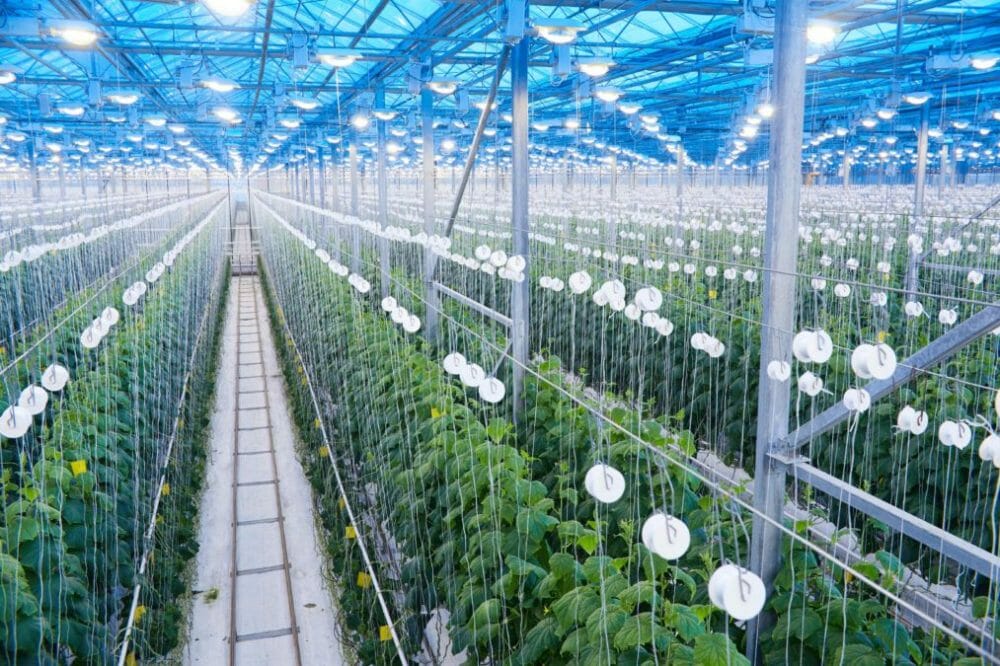Today’s food supply chains are vast and wide-ranging. That’s great, as it means we can put fresh food on the table year-round.
But it also makes them fertile ground for fraud, contamination, insecure production sites and unknown product sources – to name just a few of the problems consumers and producers alike face.
In Europe alone, authorities have had to remove 10,000 tonnes of fake food and an astonishing million litres of unhealthy drink out of our global supply chain in the first three months of 2016 alone.
To quote Interpol, such tampering is now a “a multi-billion criminal industry which can pose serious potential health risks to unsuspecting customers”.
This is a serious issue involving dangerous criminality that can and does endanger life.
>See also: 4 predictions for NoSQL technologies in 2016
The meat adulteration scandal of 2013, where horse meat was being discovered in various packaged meals wrongly labelled as beef, is just one of many scandals that underscore the need to have precise information about the products being used to create the finished product, by all participants in the supply chain.
We think systems like that are the only way to reduce fraud, reveal unsafe facilities, and have better information leading to stronger consumer trust.
Most brands only know their direct suppliers, with poor visibility into the sub-contractors working for their manufacturers.
In response, we decided to build a collaborative platform to address the issue of transparency in the supply chain.
The result is a software that helps discover, analyse and monitor all suppliers, ingredients and facilities in their entire supply chain.
>See also: Gartner’s top 10 strategic technologies for 2016
The platform includes detailed information about all elements in the supply chain (products, suppliers, etc.); for example, if a product contains cocoa powder, it’s important for the brand to know its origin, so if a crisis occurs, such as the 2011 civil war in the Ivory Coast, the brand can quickly evaluate the impact on production and supply capacity, as well as the risk of price increases.
Delivering this level of transparency and traceability involves: discovery, namely creating supply chain transparency for all products in partnership with manufacturers; analysis, so ensuring the traceability of all products, suppliers and facilities; and search, allowing users to search for each product affected by specific raw materials or identified locations.
Things we couldn’t do in relational
To meet these goals a classical SQL database-type solution is not sufficient. The volume and structure of information being processed would have a major impact on performance.
Graph database technology presented itself as a viable solution. That’s because graph databases recommend themselves as being uniquely well qualified at handling large, highly-connected volumes of data at scale.
There are a number of graph databases available, and as an example the Neo Technology’s Neo4j, which took 3 months to build, was tested with dummy data for several thousand products, and there were absolutely no performance issues.
As for the search response time, results were sent back within seconds.
As a result, food manufacturers and brand owners alike can now have confidence they can safely share detailed information about all products, suppliers and facilities in their supply chain, companies can search for every product affected by specific raw materials or facilities issues, across several thousand products, with no performance holdbacks that could affect customer safety.
>See also: Tindont: Tinder’s privacy brought into question
That’s very reassuring for retail brand customers, who need to have a complete view of the whole food supply chain to guard against dangerous scams and keep their customers safe.
To sum up, graph database technology can be a great enabler, and might be an effective solution for organisations that work with complex data.
Sourced by Chris Morrison, chief executive officer at Transparency-One







